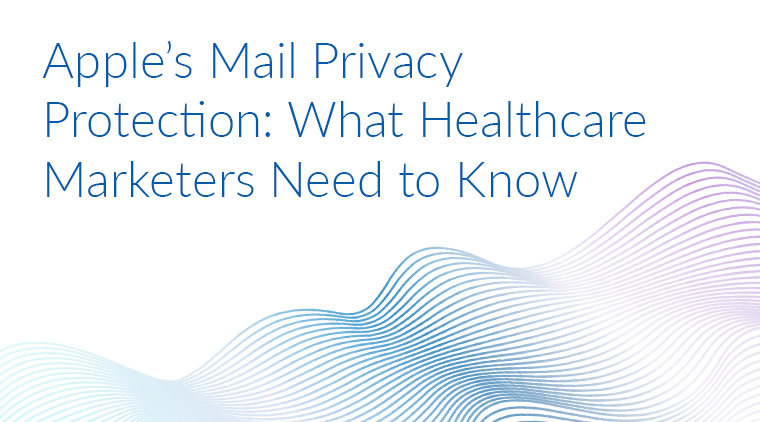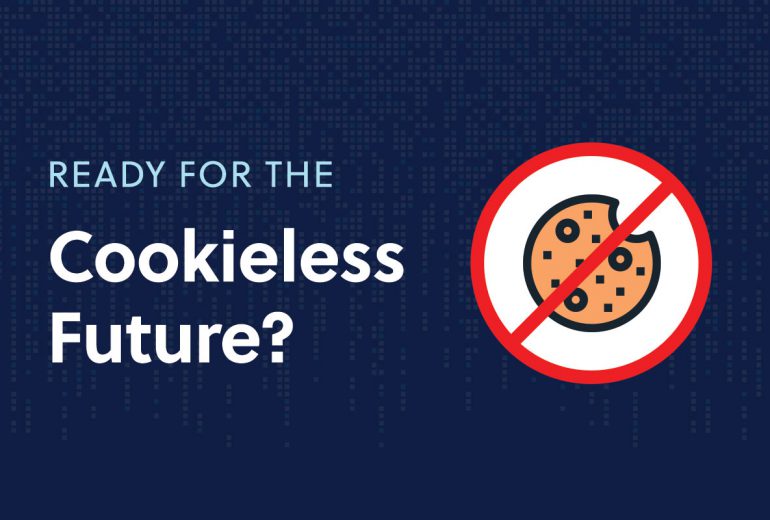Overview: What is Mail Privacy Protection?
This fall, Apple will launch iOS 15. Apple’s latest operating system comes with a new opt-in privacy feature for Apple’s native iOS Mail app called Mail Privacy Protection (MPP). The main purpose of this feature is to limit the ability of email senders – and third parties – to track whether an email has been opened by users of iOS Mail. This feature will also come to Apple Mail for macOS when macOS Monterey is released.
Note: MPP will also include two other important elements, specifically for iCloud subscribers: Hide My Email and Privacy Relay. Hide My Email will allow users to easily generate an unlimited number of burner emails to conceal the identity of their true email address, and Privacy Relay aims to further enhance user privacy by hindering the tracking of browsing activity on Safari.
When MPP is enabled, Apple Mail will pre-fetch email assets to its servers, making it appear as though an email has been opened even when it hasn’t been. The result? Apple Mail users that have this feature enabled will appear to have a 100% open rate for all mailings. MPP will also prevent tracking pixels from functioning and obscure valuable information on the email recipient, like the user’s location, device type, and open timestamp.
Although most Apple device owners have their email account(s) linked to Apple Mail, publishers and third parties will still be able to collect reliable open rates for other mail apps like Gmail and Outlook on iPhones and Macs. And of course, PCs and other types of mobile devices like Android won’t be affected.
Within BulletinHealthcare’s network, 53% of HCPs use Apple Mail for macOS or Mail for iOS.
| Mail Application | Share of Users |
| iOS Mail | 41.3% |
| Gmail Web UI/App | 25.7% |
| Apple Mail (macOS) | 12.0% |
| Office | 7.9% |
| Other Browsers | 7.5% |
| Other/unknown | 5.5% |
| Other iOS Apps | 0.1% |
What does this mean for healthcare marketers? Below, we delve into how we expect the email marketing landscape to change and what we are doing to prepare.
Impact
We expect the adoption rate of iOS 15 to be rapid based on the adoption rate of past iOS updates. According to Mixpanel, iOS 14 reached a 90% adoption rate within 10 months of release. The MPP feature that would limit email tracking functionality is a specific feature of iOS that is not turned on automatically in the beta phase of iOS 15. Instead, there is a prompt that asks users to choose between “Protect [Apple] Mail activity” or “Don’t protect [Apple] Mail activity.”
Consequently, if the format and language of the opt-in prompt remain unchanged in the final release, we expect most users will opt in. To put it simply, we expect a material proportion of open activity on iOS devices will not be reportable as adoption of this feature progresses within the iOS user base.
Litmus published an overview of the iOS MPP changes and how they will manifest for email tracking and reporting. Their conclusion? “In a nutshell: Don’t panic.”
We at BulletinHealthcare agree with the above conclusion. Why?
- Our core offering of delivering daily email briefings to over 850,000 verified HCPs who are members of our healthcare association partners will remain unchanged. (Reminder: we receive our lists directly from our partners and HCPs must have opted-in to receive our briefings.)
- Our ability to accurately report sends and click-through engagements won’t be impacted for both aggregate and NPI-level reporting.
- List matching capabilities will be unaffected.
- Our contracting and billing model is based on drops and email sends in nearly all cases. As such, the changes related to iOS 15 MPP will not have an impact on existing or future contracts.
Changes Ahead & How We Are Preparing
We will be adjusting our reporting applications to identify and remove invalid open data from users who have likely adopted into the iOS 15 MPP feature. This will allow us to continue to report open rates based on valid open rate data.
- Aggregate open rate reporting: Open rates for aggregate reports will be calculated using the data from non-iOS user data as well as iOS users who do not exhibit auto-open rate behavior. The Apple Mail MPP user open rates will be inferred based on the rest of the audience. Users who we have identified as likely adopters of iOS 15 MPP (that exhibit 100% open rate activity) will be removed from reporting.
- Physician-Level Reporting (PLR) of opens: Open data at the NPI-level would not be reported for HCPs we have determined have opted into the iOS 15 MPP feature unless they subsequently open an email via a mail application other than Apple Mail, which would enable both BulletinHealthcare’s and our advertising clients’ tracking pixels. Send and click data will be reportable for all HCPs.
- CTR may become the gold standard for KPI measurement, and marketers may also consider changing the standard CTR calculation in email on the basis of opens to sends, that is move from CTR = clicks / opens to CTR = clicks / delivered emails. Marketers should continue to focus on designing impactful, engaging ad creatives as a means of driving NPI-level reporting in the new environment.
Takeaways
Email will continue to be a critical reach and engagement medium for HCP marketers, for two reasons: 1) Reaching your audience via multiple channels is key and you’ll not want to risk losing share of voice against your competitors, and 2) HCP behavior is not expected to change because the user experience will not change, only our ability to measure the specific action of whether a subset of HCPs have opened an email.
While we expect publishers and advertisers to adapt to this new landscape – because changes meant to address consumer privacy concerns have been on the rise over the last five years – BulletinHealthcare is particularly well poised to deal with the changes. We’ve been delivering high-quality email briefings to nearly a million HCPs for over a decade. We rely on first-party data, which entails sending emails to HCPs who have paid to be members of our association partners and explicitly opted-in to receive our briefings.
Not all email publishers can say the same. Look closely and you’ll find many publishers allow non-HCPs to sign up for their newsletters. (We even go so far as to segment our seed list from our send list into two separate sends to avoid conflating or inflating our metrics.) Other publishers send unsolicited emails on behalf of manufacturers.
The results speak for themselves. BulletinHealthcare’s track record of delivering stellar content that drives engagement will not change. Over the last two years, our gross average daily email open rate is an industry-leading 42%. We have achieved this by working closely with our association partners to understand precisely what it is that their audiences want to receive and then delivering it with our world-class team. Not coincidentally, this is the same team that also briefs a variety of government clients including the NIH, HHS, and FDA.
As Apple announces new information about iOS 15 Mail Privacy Protection, we will be sure to keep you posted on how this impacts BulletinHealthcare and its advertising clients. Please don’t hesitate to reach out to us at advertise@bulletinhealthcare.com to discuss any questions you may have.

Director, Marketing




